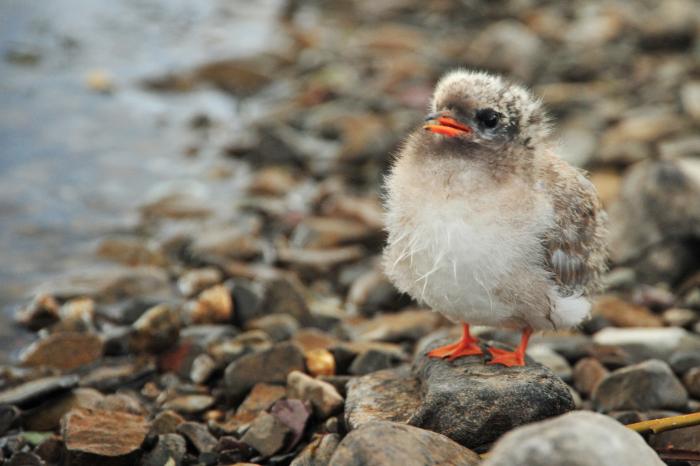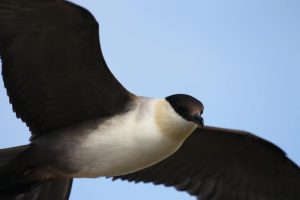
Arctic birds may be feeling the heat as climate change warms their natural habitat.
According to one large-scale study, birds are initiating egg-laying at an average rate of 6.6 days earlier every 10 years. This is a bad thing because raising young is no longer matched with the time of best food availability.

The heat is affecting migrating too: a 63-year study of 96 long-distance migrating birds found that a quarter were leaving too early. However, they do not return home any earlier, which means birds can become unsure of if the amount of food available.
This can be especially problematic for specialist feeders: ivory gull numbers have declined by 90% in the past 20 years.
Furthermore, parasites thrive in the warmer conditions, and combined with habitat loss means Arctic wildlife is facing some real challenges as climate change continues to soar upwards.
It’s a case of out of the Arctic, and into the fire.
Read more about the challenges facing Arctic birds as our climate changes in the aptly named David Bird’s bird column, every issue in Canadian Wildlife magazine, Jul + Aug 2018 edition.
Feature image by Scott Berdahl, a photo contest submission.
